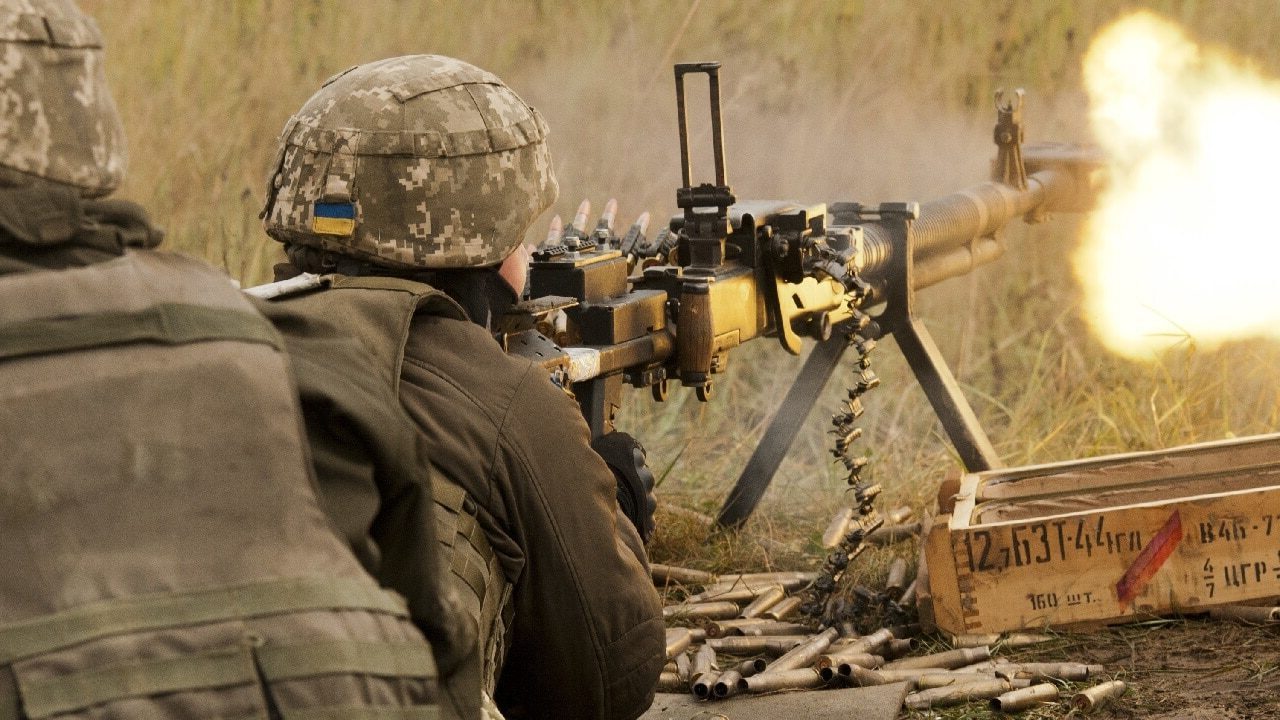Putin has a problem: It does not seem like he has the forces necessary to achieve any of his goals in Ukraine – even the revised goals: It has been 160-plus days since the Russian invasion of Ukraine began. On Tuesday, the Russian forces continue to push in the Donbas in search of marginal gains.
Slow advance in the Donbas
Despite a surge of reinforcements to the southern front of Kherson and Zaporizhzhia in response to the Ukrainian counteroffensive in the region, the Russian military continues to conduct offensive operations in the Donbas.
However, any offensive operations in eastern Ukraine have a fairly limited scope and don’t realistically aim at achieving any significant breakthroughs. The Russian forces continue to use masses of long-range fires to pave the way for their mechanized infantry. But the Ukrainian defenders are putting up a stiff resistance, and, as a result, the Russian military has only advanced between two and six miles in the last month.
The Russian ground assaults in the Donbas are focused on Slovyansk (in the north of the Donbas), Bakhmut (in the south), and Donetsk City (also in the south of the Donbas).
Russian casualties in Ukraine
Every day, the Ukrainian military is providing an update on their claimed Russian casualties. These numbers are official figures and haven’t been separately verified.
However, Western intelligence assessments and independent reporting corroborate, to a certain extent, the Ukrainian casualty claims. For example, the Oryx open-source intelligence research page has visually verified the destruction or capture of more than 900 Russian tanks (which amounts to more tanks than the combined armor capabilities of France, Germany, Italy, and the United Kingdom) and more than 4,700 military vehicles of all types; this assessment has been confirmed by the British Ministry of Defense.
The same independent verification exists for most of the other Ukrainian claims. Recently, the Pentagon acknowledged that the Russian military has lost thousands of combat vehicles of all types, including over 1,000 tanks, and dozens of fighter jets and helicopters.
Furthermore, more recent reports that are citing Western intelligence officials indicate that the Russian military has suffered up to 20,000 fatalities in the war so far. Sir Tony Radakin, the British Chief of the Defence Staff, recently told the BBC that the West understands that more than 50,000 Russian troops have been killed or wounded in the conflict thus far. If we were to take the Ukrainian figures as accurate, the number mentioned by Sir Radakin is on the low side of the spectrum.
Yet, it is very hard to verify the actual numbers unless one is on the ground. However, after adjusting for the fog of war and other factors, the Western official numbers are fairly close to the Ukrainian claims.
As of Tuesday, the Ukrainian Ministry of Defense is claiming the following Russian casualties:
42,640 Russian troops killed (approximately three times that number wounded and captured)
4,076 armored personnel carriers and infantry fighting vehicles destroyed
2,998 vehicles and fuel tanks
1,817 tanks
964 artillery pieces
757 tactical unmanned aerial systems
223 fighter, attack, and transport jets
261 Multiple Launch Rocket Systems (MLRS)
192 attack and transport helicopters
185 cruise missiles shot down by the Ukrainian air defenses
133 anti-aircraft batteries
87 special equipment platforms, such as bridging equipment
15 boats and cutters
four mobile Iskander ballistic missile systems
Over the past weeks, the rate of Russian casualties has slowed down despite continuous pressure and offensive operations in the Donbas region of Ukraine. This suggests two things: First, the Russian commanders are taking a more cautious approach to their offensive operations, fully utilizing combined arms warfare to achieve their goals; and second, the Ukrainian forces are running out of combat power or ammunition — and this is expected after five months of war against the Russian military. Recent reports from the ground suggest that both of these factors are true, and that the fatigue of warfare is catching up on both sides.
For most of May, the Russian military suffered the greatest casualties around the Slovyansk, Kryvyi Rih, and Zaporizhzhia areas, reflecting the heavy fighting that was going on there. As the days and weeks went on, most of the heavy fighting shifted toward the direction of Bakhmut, southeast of Slovyansk, around Severodonetsk, Lyman, and Lysychansk.
Then the location of the heaviest casualties shifted again westwards toward the area of Kherson and Zaporizhzhia — where one of Europe’s largest nuclear plants is located — as a result of a Ukrainian counteroffensive in and around the area.
Then, the concentration of casualties once more shifted back to the Donbas, and especially in and around Severodonetsk and Lysychansk, the two urban centers the Russians managed to capture lately.
On Tuesday, Ukrainian forces continued to inflict the heaviest casualties in the direction of Bakhmut and Donetsk.
The stated goal of the Russian military for the renewed offensive in the east is to establish full control over the pro-Russian breakaway territories of Donetsk and Luhansk and create and maintain a land corridor between these territories and the occupied Crimea.
Stavros Atlamazoglou is a Greek Army veteran (National service with 575th Marines Battalion and Army HQ). Johns Hopkins University. You will usually find him on the top of a mountain admiring the view and wondering how he got there. This first appeared in Sandboxx.

